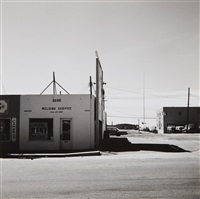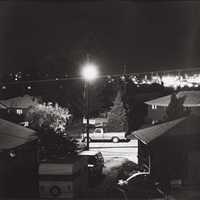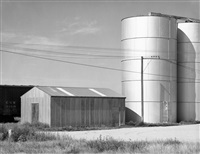What is it and what is it raising awareness of?
“The new Topographics” is a term which was made up by William Jenkins in 1975 to describe a group of 10 photographers such as Robert Adams, Lewis Baltz, Bernd and Hilla Becher, Joe Deal, Frank Gohlke, Nicholas Nixon, John Scott, Stephen Shore and Henry Wessel who brought in a new type of photography which was of urban landscapes with a simple aesthetic of black and white of various plain buildings.
Many of these new photographers were inspired by the man-made and wanted to show its beauty in different weathers/times of the day but also a way to emphasize how much the impact of industrial development has made to the natural landscape, an exhibition in the International Museum of Photography in Rochester, New York showed this feeling of unease towards this issue.
Examples –
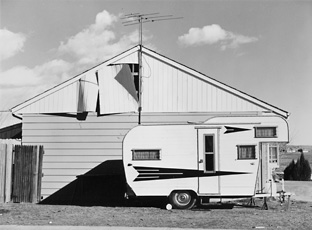
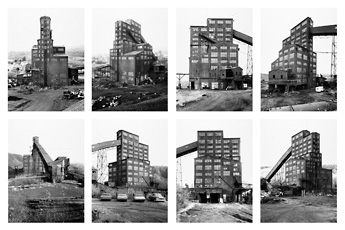
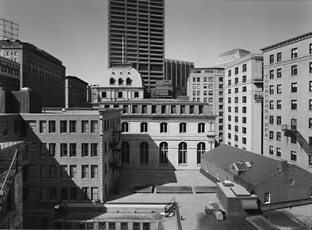
Topographics photographer research
Robert Adams –
“I think if you placed me almost anywhere and gave me a camera you could return the next day to find me photographing. It helps me, more than anything I know, to find home.”
Robert Adams
- Born May 8th in 1937 in Orange NJ.
- American photographer who’s most famous for his pictures of the always changing American west.
- Published a book series in the 1970s-80s: The New West, Denver, What We Bought, Summer Nights. These focussed on the suburbs along Colorado’s front range of humanities imprint and nature fighting back.
- Taken part in many exhibitions.
Examples of his work –
Analysis –
I think that this is a successful photo which I really like thattaken by Robert Adams in Colorado in 1966 of an urban landscape and will consider his style of work while photographing/editing my own work, showing “The New Topographics” influence throughout it. This is because the buildings are simple, yet show how human life has taken over and nature is trying to fight back against it which is what the aim was of Robert Adams work and this element of urbanisation in the photo is brought in through this photo through the use of the 2 metal cylinder towers which are next to the small farm buildings. I also like how the photo has been brought into black and white with a heavy contrast due to the sunlight which creates an overexposed effect to the photo but not to the point where the photo is lost in it, and many of the early topographic photographers used as it creates this important feeling of recognising the drastic development of industrialisation within the beauty of nature, which Robert Adams has done well as this would once have been a beautiful green field that was full of wildlife but due to humans this has been changed, for the worse.

